*Introduction:*
Lantana is a genus of flowering plants in the Verbenaceae family, consisting of over 150 species. Native to tropical regions of the Americas and Africa, Lantana plants are widely cultivated for their vibrant flowers, attractive foliage, and ability to attract pollinators.
**Appearance and Foliage:**
Lantana plants exhibit a compact, bushy growth habit and can range in size from small shrubs to trailing ground covers. The leaves are typically rough-textured, opposite or whorled, and emit a pungent scent when crushed. The foliage can vary in color, with shades of green, variegated patterns, or even purple hues, depending on the species and cultivar.
**Flowers and Blooms:**
One of the main highlights of Lantana plants is their profusion of colorful flower clusters. The flowers are small, tubular, and arranged in tight clusters called umbels. The flower color palette is extensive, including shades of red, orange, yellow, pink, purple, and white. Lantana flowers often change color as they mature, creating a beautiful blend of hues within each cluster.
**Fragrance:**
Lantana plants are known for their sweet and fruity fragrance, which adds an additional sensory delight to gardens and landscapes. The scent is particularly noticeable when the foliage or flowers are brushed against or crushed.
**Hardiness and Adaptability:**
Lantana is prized for its hardiness and ability to thrive in various growing conditions. It is well-suited for tropical and subtropical climates, but certain cultivars have been developed to withstand colder regions. Lantana plants prefer full sun exposure and thrive in well-draining soil. They are drought-tolerant once established, making them suitable for xeriscaping and water-wise gardens.
**Pollinators and Wildlife:**
Lantana flowers are highly attractive to pollinators, such as bees, butterflies, and hummingbirds. Their nectar-rich blooms serve as a valuable food source, contributing to the support of local pollinator populations. Additionally, Lantana plants also attract a variety of butterflies, which lay their eggs on the foliage, adding to the overall biodiversity of the area.
**Cultivars and Hybrids:**
Numerous cultivars and hybrids have been developed from the original Lantana species, offering an even wider range of flower colors and foliage variations. Some cultivars are more compact, making them suitable for containers or small spaces, while others have trailing habits ideal for hanging baskets or ground covers.
**Caution:**
It’s important to note that while Lantana plants offer many desirable qualities, they contain toxic compounds. All parts of the plant, including the berries, should not be ingested, as they can cause gastrointestinal issues if consumed. It is recommended to handle Lantana plants with care and keep them out of reach of children and pets.
*Conclusion:*
Lantana, with its colorful flowers, attractive foliage, and ability to support pollinators, is a popular choice for gardens, borders, and containers. Its adaptability, hardiness, and extensive range of cultivars make it suitable for various climates and gardening styles. Whether used as a standalone feature, a mass planting, or in mixed flower arrangements, Lantana brings beauty, fragrance, and wildlife appeal to outdoor spaces, creating a vibrant and lively atmosphere.

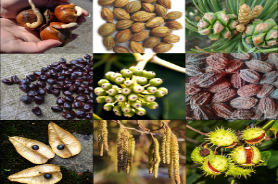





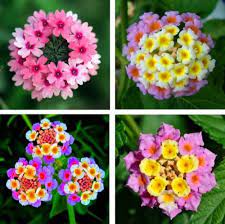
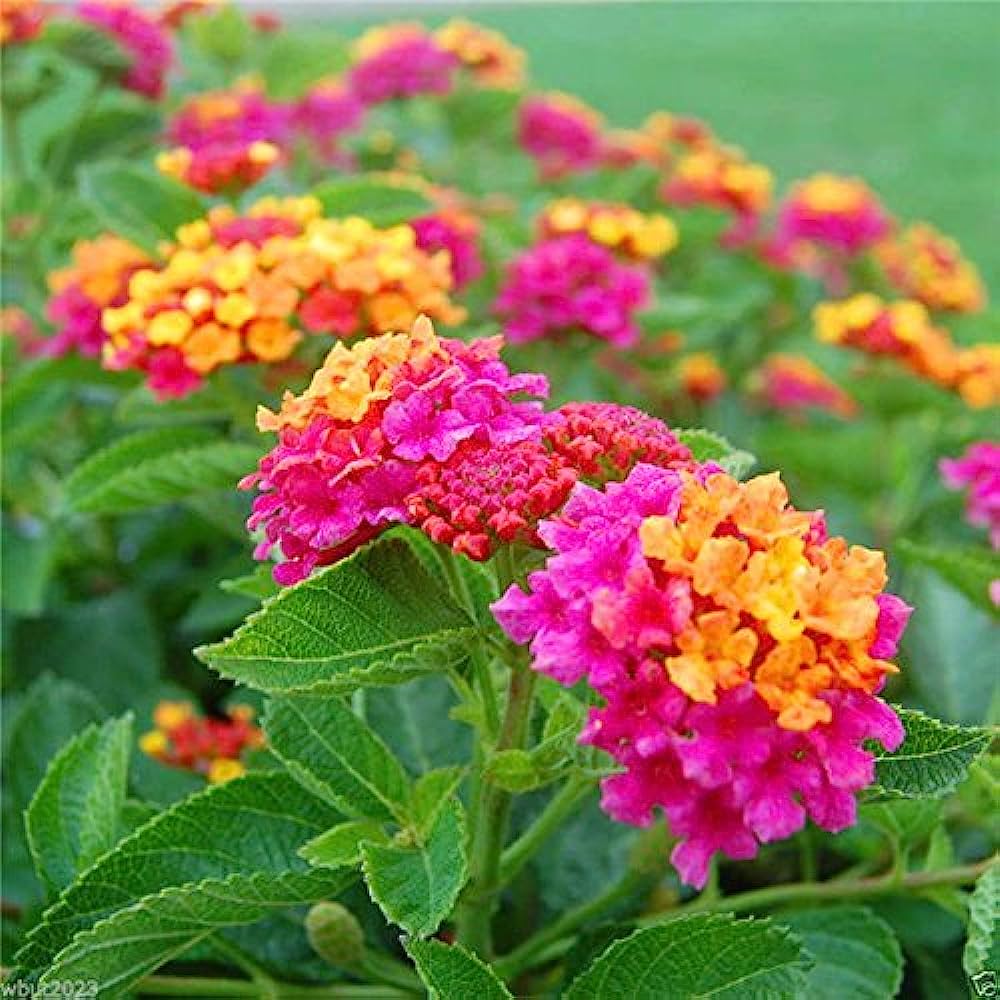

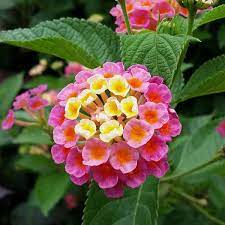
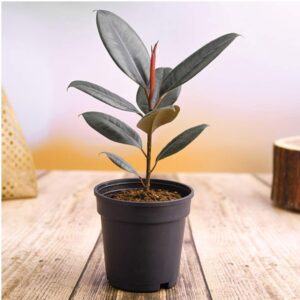


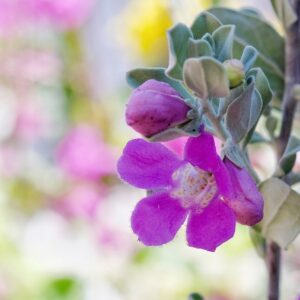
Reviews
There are no reviews yet.